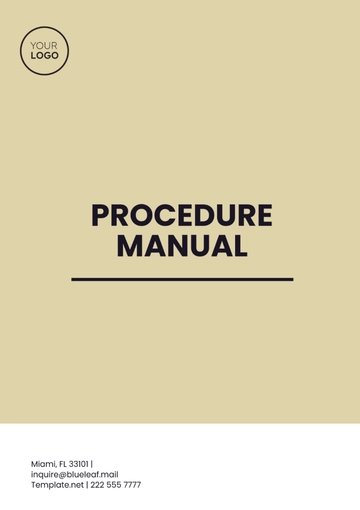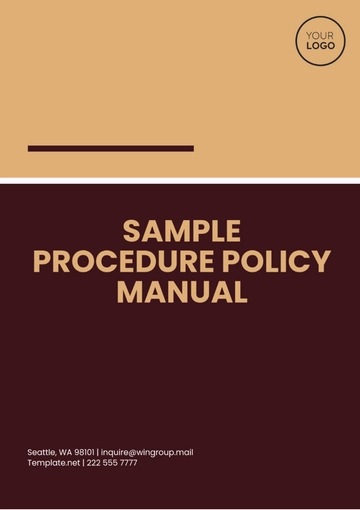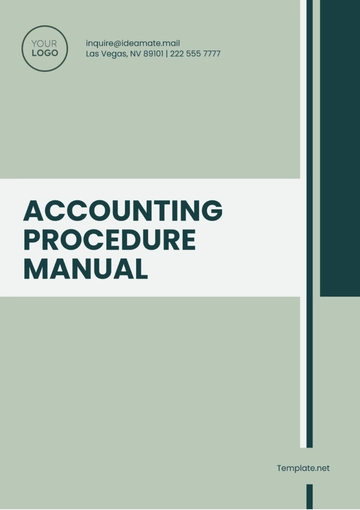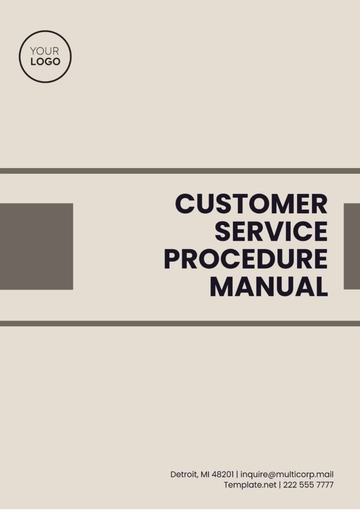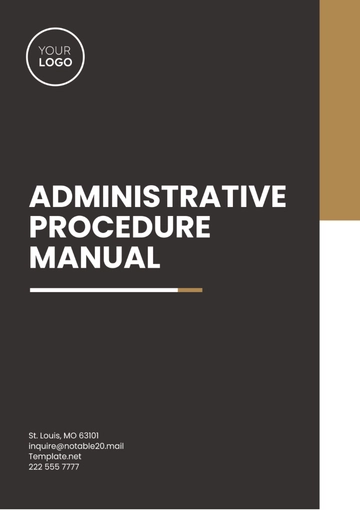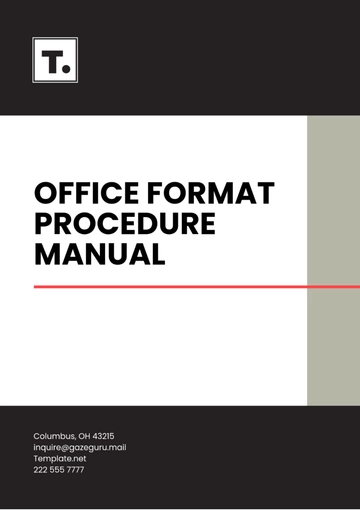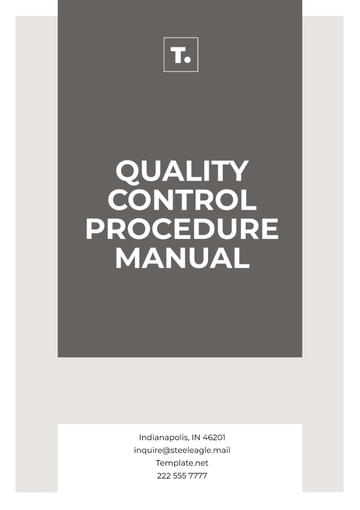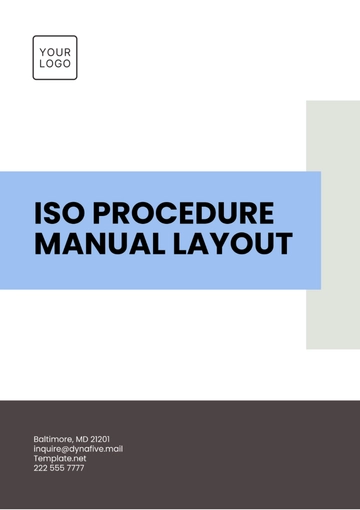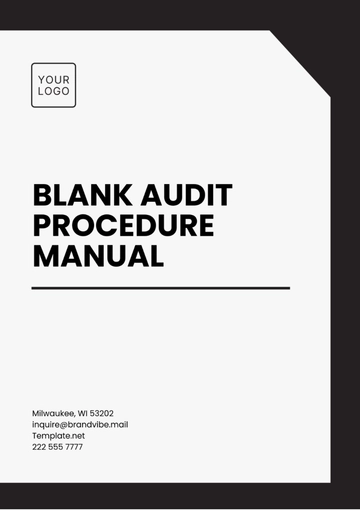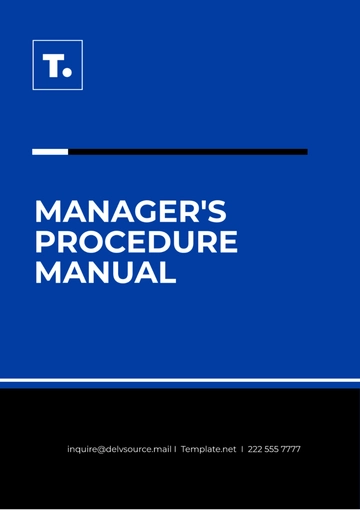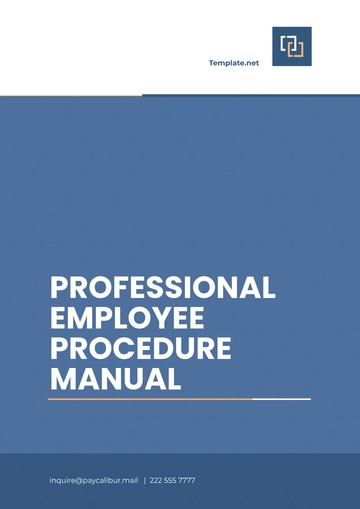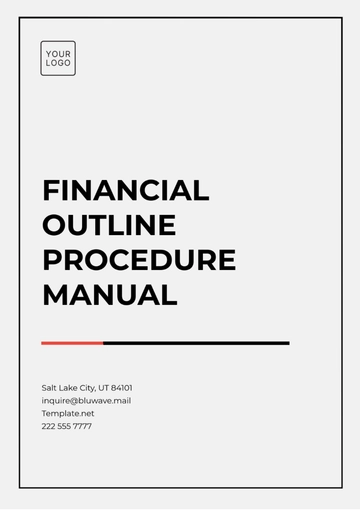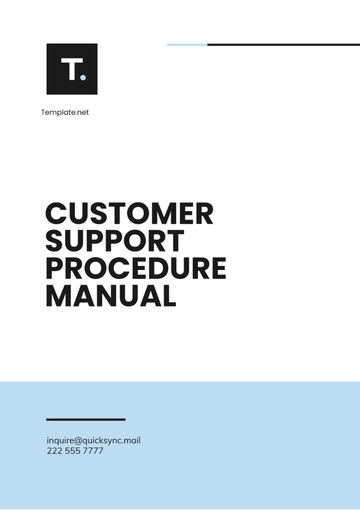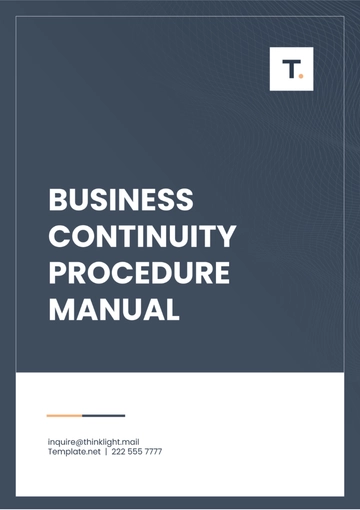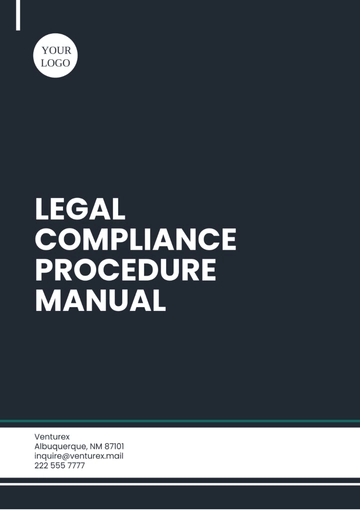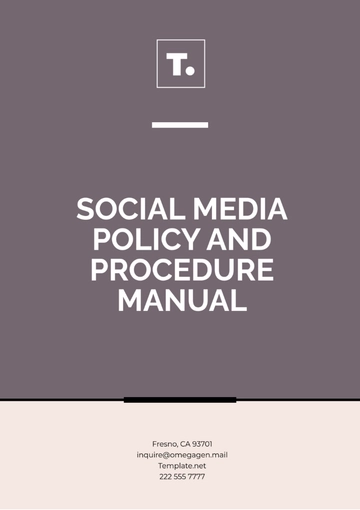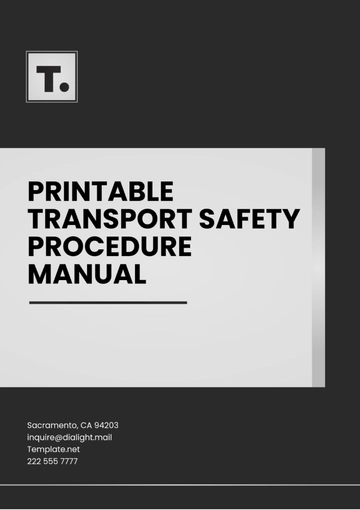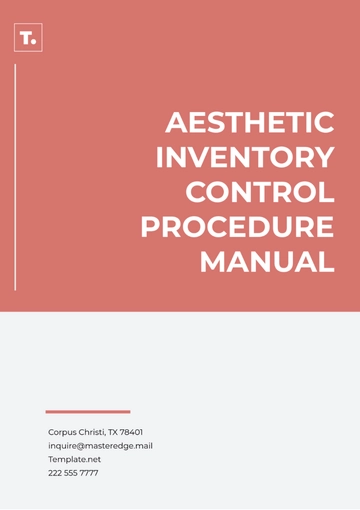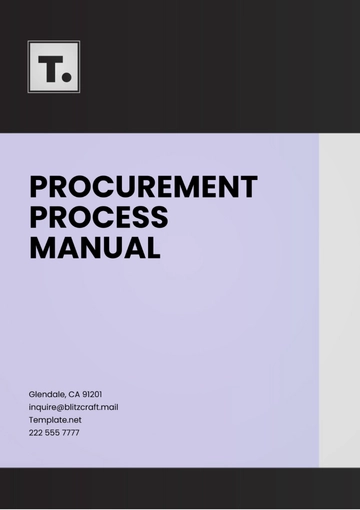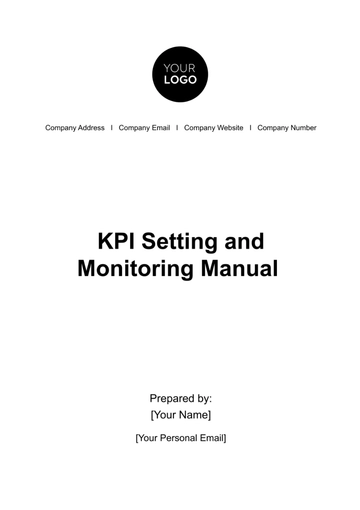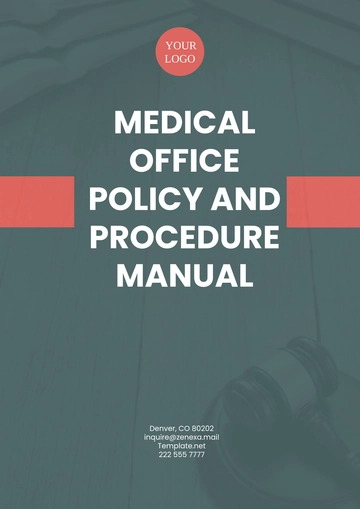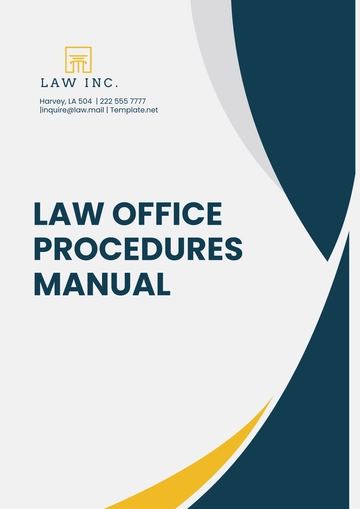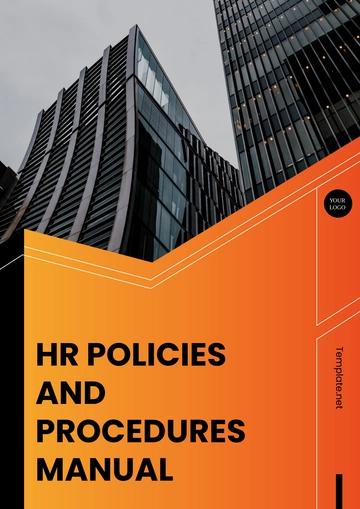Free HR Crisis Management and Emergency Response Manual
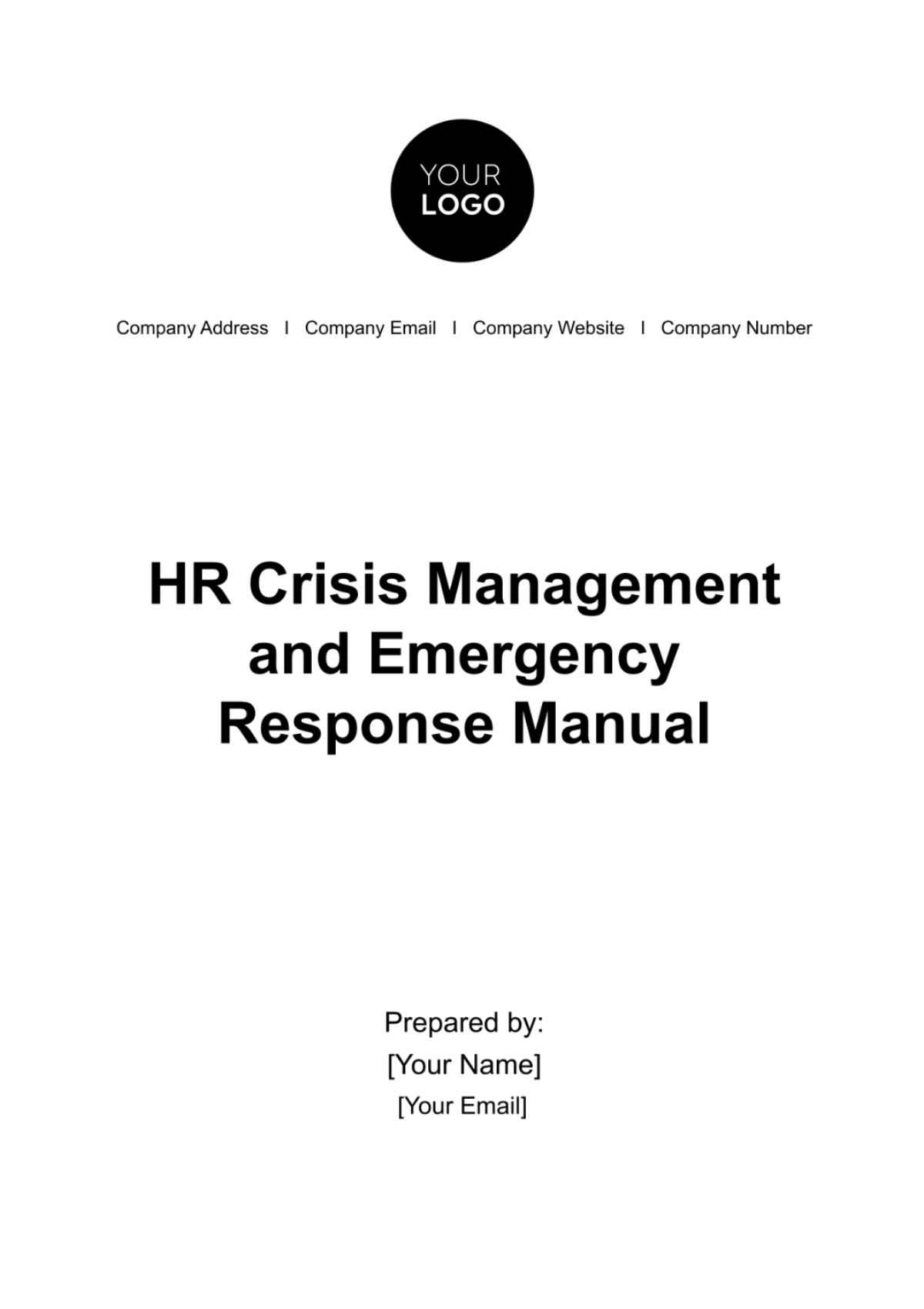
TABLE OF CONTENTS
I. Introduction..................................................................................................................2
II. Crisis Management Team...........................................................................................3
III. Emergency Procedures.............................................................................................4
IV. Crisis Response Protocols........................................................................................6
V. Employee Support and Well-being...........................................................................7
VI. Legal and Compliance Considerations...................................................................7
VII. Documentation Distribution:...................................................................................8
I. Introduction
Purpose
The HR Crisis Management and Emergency Response Manual is designed to provide guidance to employees and management on how to respond effectively to crises and emergencies that may arise within [Company Name]. This manual outlines the procedures, roles, and responsibilities necessary to mitigate risks and ensure the safety and well-being of our employees.
Document Revision History
Date: | Version | Description | Author |
[Date] | 1.0 | Initial Manual Creation | [Author’s Name] |
[Date] | 1.1 | Final Document Review | [Author’s Name] |
Scope of the Manual
This manual applies to all employees, contractors, and visitors at [Company Name] facilities, including [list specific locations]. It covers a range of emergency situations, including but not limited to fire, natural disasters, medical emergencies, and security threats.
II. Crisis Management Team
Internal Contacts
In case of an emergency, employees should contact the following internal personnel:
Name | Position | Phone Number | Email Address |
[HR Manager] | HR Manager | 222 555 7777 | [Email] |
[Safety Officer] | Safety Officer | 222 555 7777 | [Email] |
[Emergency Response Team Leader] | ERT Leader | 222 555 7777 | [Email]
|
External Contact
For situations requiring immediate external assistance, employees should call the following:
Contact | Phone Number |
Local Emergency Services | 911 |
[Local Hospital] | [Number] |
[Local Fire Department] | [Number] |
[Local Police Department] | [Number] |
[Company Security Provider] | [Number] |
III. Emergency Procedures
Fire Emergencies
In the event of a fire emergency, follow these steps:
● Alert: Activate the nearest fire alarm pull station.
● Evacuate: Evacuate the building using the nearest exit.
● Do Not Use Elevators: Always use stairs during a fire evacuation.
● Assembly Point: Proceed to the designated assembly point is at the open space parking lot.
● Account for Personnel: Ensure all employees are accounted for and report any missing persons to the Emergency Response Team Leader.
Natural Disasters
For natural disasters such as earthquakes, tornadoes, or severe storms:
● Drop, Cover, and Hold On: Drop to the ground, take cover under a sturdy object, and hold on during an earthquake.
● Seek Shelter: Move to a designated shelter area if available.
● Stay Informed: Listen for updates and follow instructions from emergency personnel.
● Evacuate if Necessary: If instructed, evacuate the building and follow evacuation procedures.
Medical Emergencies
For medical emergencies, including injuries or sudden illnesses:
● Call for Help: Dial 911 or [Emergency Medical Services] immediately.
● Administer First Aid: If trained, provide basic first aid until professional help arrives.
● Notify HR: Report the incident to HR for documentation purposes.
● Do Not Move Injured Persons: Unless necessary to prevent further harm, avoid moving injured individuals.
Evacuation Procedures
During any emergency requiring evacuation:
● Stay Calm: Encourage calm behavior and assist others as needed.
● Use Designated Exits: Evacuate using established exit routes.
● Account for Personnel: Ensure everyone has evacuated safely and report to the assembly point.
● Do Not Re-enter: Do not re-enter the building until it has been declared safe by emergency personnel.
Security Threats
In case of a security threat, such as an active shooter or unauthorized intruder:
● Lockdown: If safe, lock or barricade yourself in a secure room.
● Silence Phones: Keep mobile phones on silent mode to avoid detection.
● Stay Quiet: Maintain silence and avoid attracting attention.
● Follow Law Enforcement Instructions: Cooperate fully with law enforcement upon their arrival.
IV. Crisis Response Protocols
Immediate Actions
During the initial moments of a crisis, immediate actions are crucial. These may include:
● Evacuation procedures
● Notifying emergency services
● Securing critical data and assets
● Activate the Crisis Management Team
Activation of Crisis Team
Once a crisis is confirmed, the CMT should be activated promptly. A clear chain of command and communication protocols should be in place to ensure swift coordination among team members. The Crisis Management Team is responsible for coordinating the response to emergencies. The team includes [List Team Members] and is led by [Team Leader].
Communication Plan
Effective communication is paramount during a crisis. The plan includes:
● Internal and external communication
● Contact information for key stakeholders
● Media relations guidelines: In the event of a crisis that attracts media attention, only authorized spokespersons should communicate with the media.
● Employee communication channels: Ensure timely and accurate communication with employees regarding the status of the emergency, evacuation instructions, and any necessary follow-up actions.
Evacuation and Safety Procedures
● Employee Training: Ensure that all employees receive training on emergency procedures upon hire and participate in regular drills and training sessions.
● Crisis Drills: Conduct emergency drills regularly to test the effectiveness of procedures and employee preparedness.
● Post-Drill Evaluation: Evaluate each drill to identify areas for improvement and update procedures accordingly.
V. Employee Support and Well-being
Employee Assistance Program
[Company Name] provides an Employee Assistance Program (EAP) to support employees dealing with stress or trauma resulting from crises.
Mental Health and Counseling Services
Recognizing the potential psychological impact of a crisis on employees is paramount. [Specify Counseling Service Provider] offers confidential counseling services for employees affected by emergencies.
Family Assistance and Support
During a crisis, the impact isn't limited to employees alone; their families may also be affected. Providing assistance and support to employees' families demonstrates empathy and can contribute to overall well-being. [Company Name] provides extended assistance and support to employees’ family members.
VI. Legal and Compliance Considerations
In certain exceptional circumstances, employees may find themselves in situations where they require legal assistance. [Company Name] acknowledges the importance of supporting our employees' legal needs and offers the following guidance:
Employee Rights and Legal Resources
● Consultation: If you believe you require legal assistance due to work-related issues or disputes, you have the right to consult with an attorney.
● Confidentiality: Your conversations with legal counsel are confidential, and [Company Name] respects your privacy in such matters.
● HR Guidance: Our HR department is here to provide initial guidance and can help you understand your rights and available resources.
Accessing Legal Support Resources
If you decide to pursue legal assistance, you have several options:
● Employment Assistance Program (EAP): [Company Name] may offer an Employment Assistance Program that provides access to legal consultations and resources. Please contact [EAP Contact] for information on available legal services.
● Legal Aid Organizations: There are nonprofit legal aid organizations that offer free or low-cost legal assistance to individuals in need. [List relevant organizations and contact information].
● Legal Insurance: If you have legal insurance as part of your benefits package, you can contact your insurance provider to access legal services.
● Private Attorney: You have the option to hire a private attorney of your choice. HR can provide general guidance on selecting an attorney, but the choice of legal representation is a personal decision.
HR Support
While HR can provide initial guidance, please understand that HR staff cannot provide legal advice or act as your legal representatives. HR's role is to help you access appropriate legal resources and understand your rights within the company.
Should you have questions or concerns related to legal matters, please contact the HR department, and we will assist you in finding the most suitable course of action.
At [Company Name], we are committed to ensuring that our employees have access to the necessary support and resources to address legal concerns effectively and professionally.
VII. Documentation Distribution:
Distribution List
This manual shall be distributed to the following individuals and departments:
● All employees of [Company Name]
● Department Heads and Managers
● Members of the Crisis Management Team
● Human Resources Department
● Safety Officer
● Legal Department
● Facilities Management
● Employee Assistance Program (EAP) Coordinator
● [Add any additional relevant departments or individuals]
Document Control
At [Company Name], we understand the critical importance of keeping this manual up-to-date and relevant to ensure the safety and well-being of our employees. Therefore, HR is responsible for maintaining and updating this manual. We kindly request that all recipients of this manual assist us in this effort by adhering to the following guidelines:
● Current Copies: Ensure that all distributed copies of this manual are the most current versions. Any outdated copies should be promptly replaced with the latest version.
● Annual Review: This manual will undergo an annual review to assess its relevance and accuracy. HR will coordinate this review process to incorporate any necessary updates based on changes in company policies, procedures, or external factors.
● Notification of Updates: If you encounter any discrepancies or outdated information within this manual, please notify the HR department immediately. Your feedback is invaluable in maintaining the quality and effectiveness of this document.
● Distribution Integrity: If you are responsible for distributing this manual within your department, please maintain the integrity of the document. Ensure that all relevant personnel receives their copies, and track distribution for accountability.
● Training: If you are part of the HR team responsible for training employees on this manual, please incorporate any updates into your training sessions and materials.
By collectively adhering to these guidelines, we can ensure that the HR Crisis Management and Emergency Response Manual remains a vital resource for safeguarding the well-being of our employees and the continued success of [Company Name].
Thank you for your commitment to maintaining a safe and prepared work environment.
- 100% Customizable, free editor
- Access 1 Million+ Templates, photo’s & graphics
- Download or share as a template
- Click and replace photos, graphics, text, backgrounds
- Resize, crop, AI write & more
- Access advanced editor
Elevate your crisis preparedness with our HR Crisis Management and Emergency Response Manual Template. Streamline crisis response procedures, protect employee well-being, and ensure business continuity. This comprehensive template empowers organizations to navigate crises with confidence. Be ready for any challenge, safeguard your team, and secure your future. So what are you waiting for? Download the template now!
